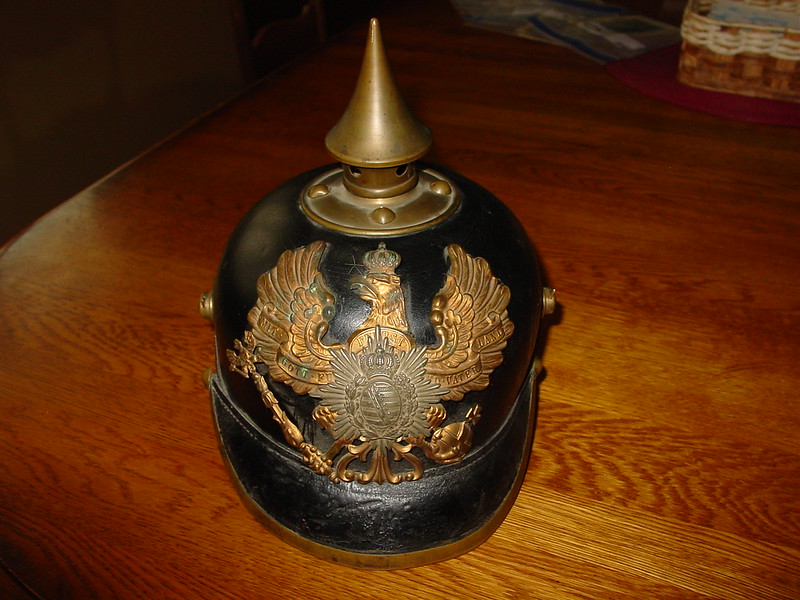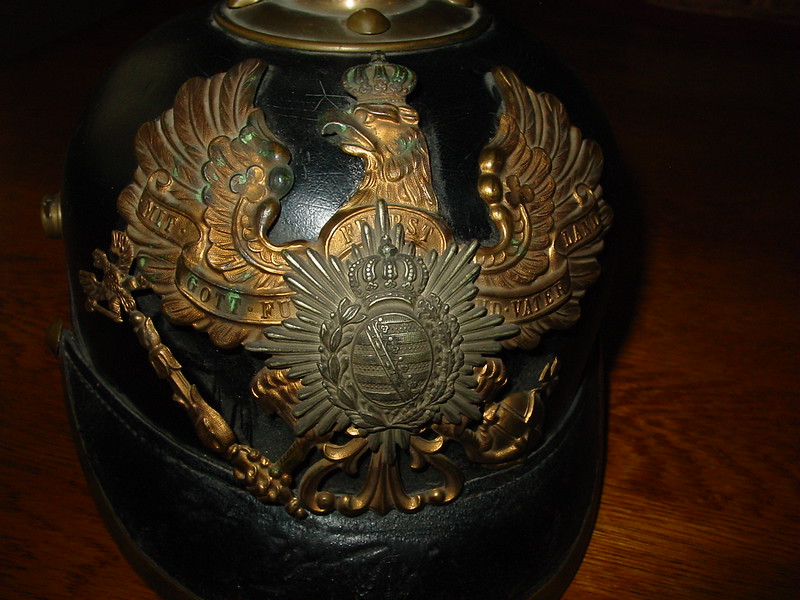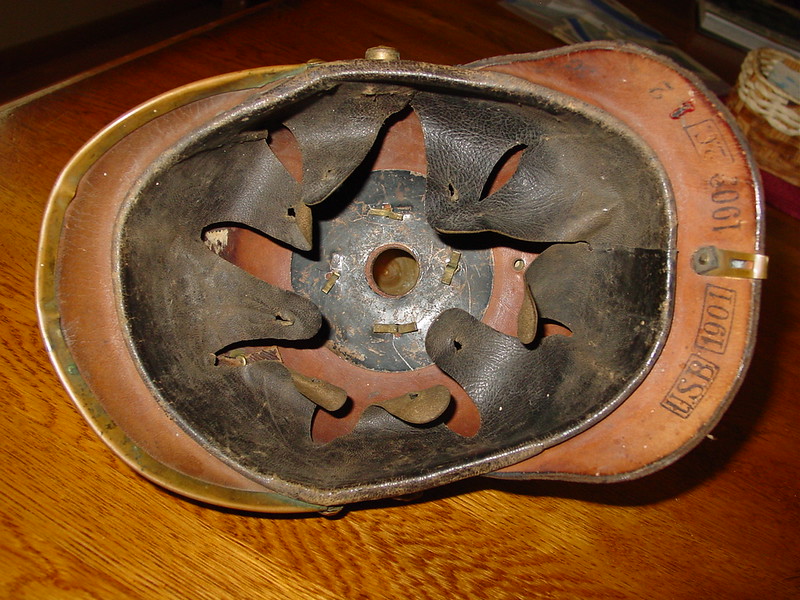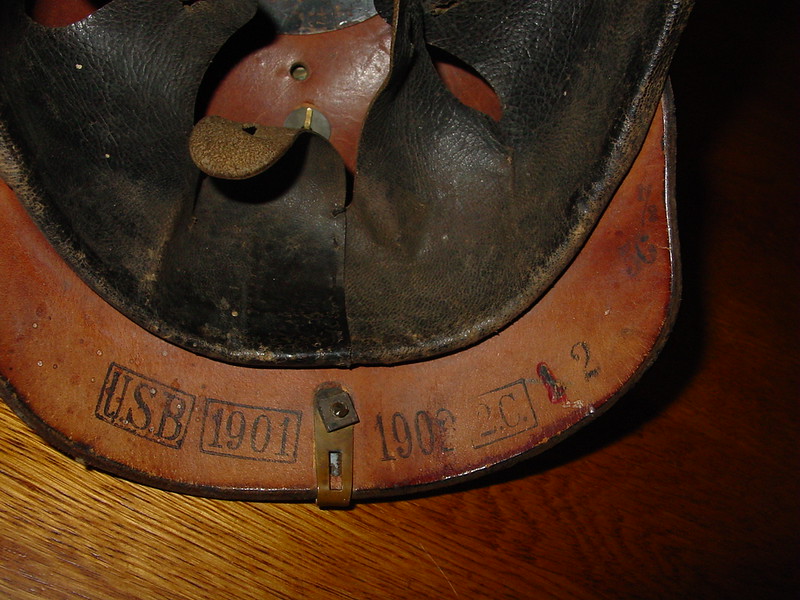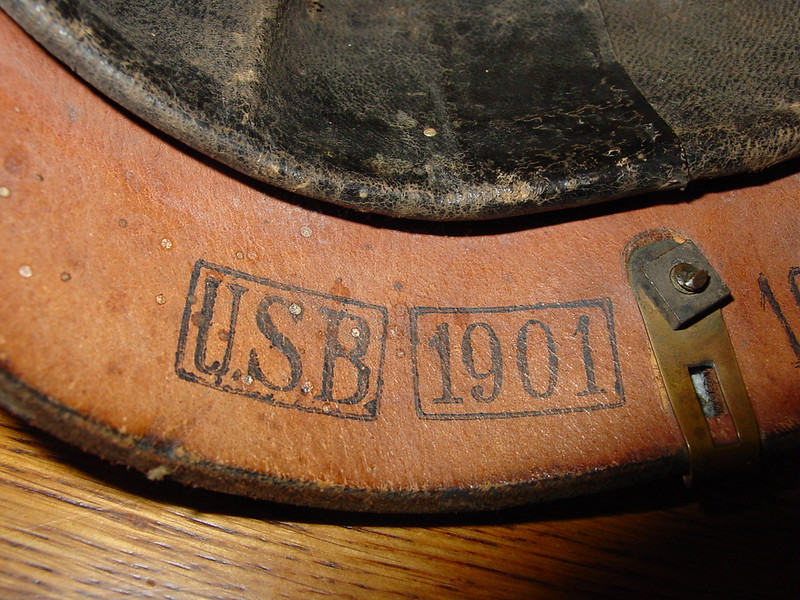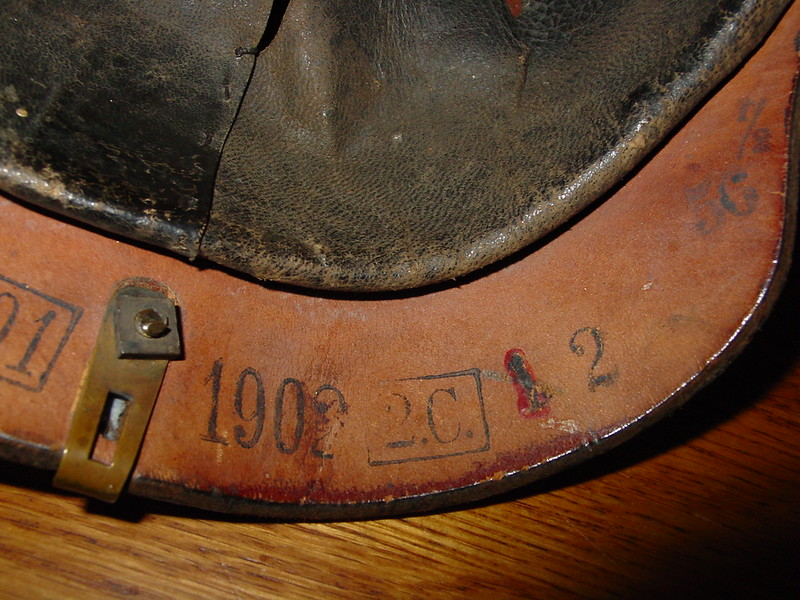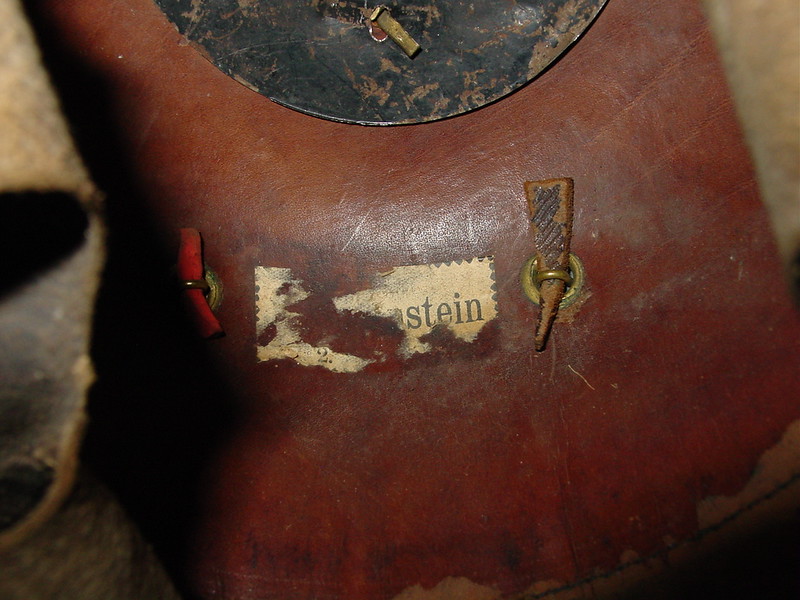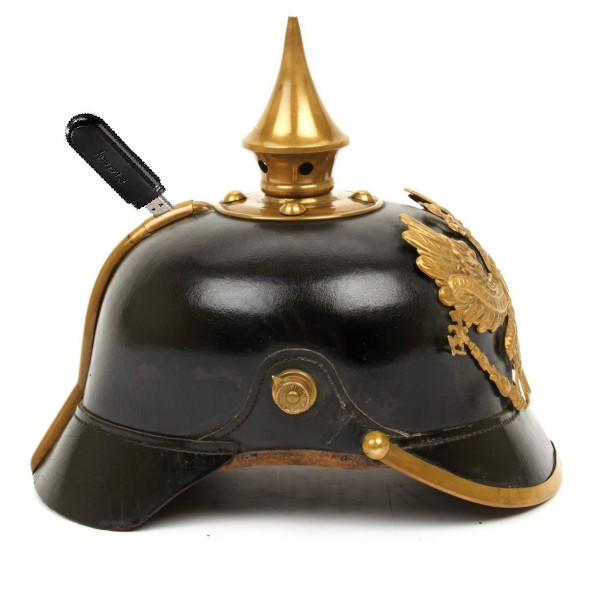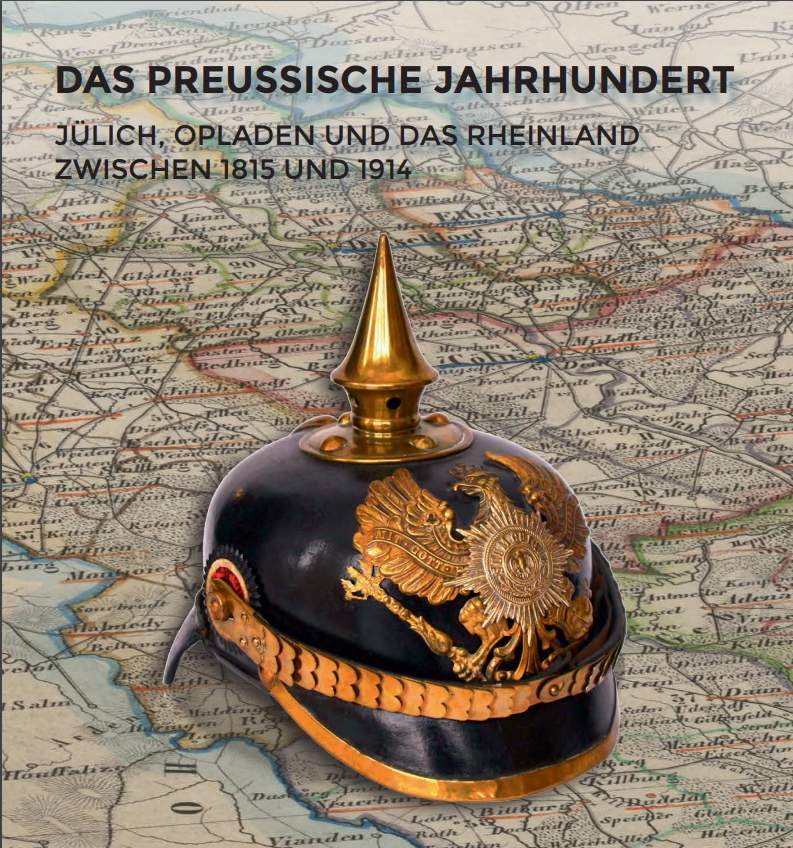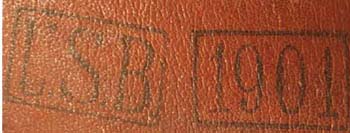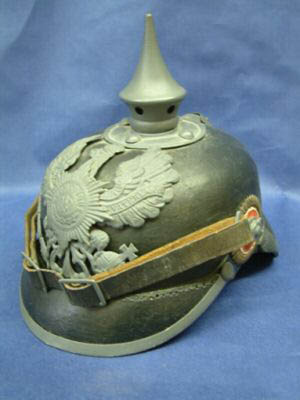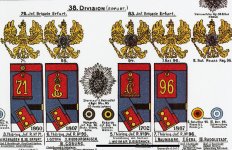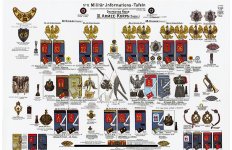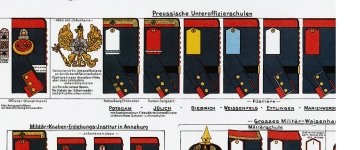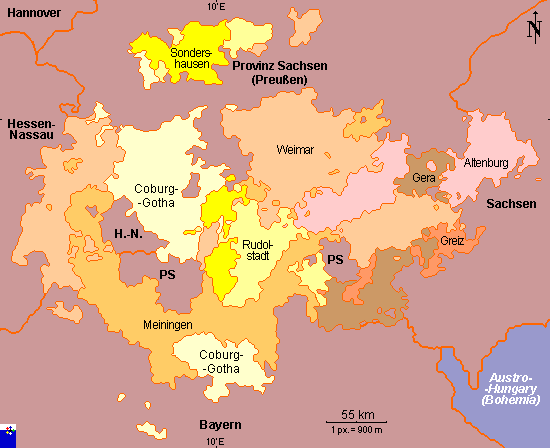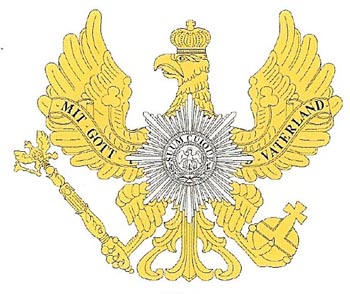From chapter 10 Great War Dawning
The Non-Commissioned Officer
Non-commissioned Officers (NCO) came from two sources. They were either promoted from within the ranks or were graduates of one of the NCO training schools. Students graduated from Volksschulen approximately at the age of 14. Military service would not begin until age 17 when young men could be inducted into the Landsturm. They had the option of either working or joining an NCO preparatory school (Unteroffiziervorschule) after finishing Volksschule. There were nine such schools scattered throughout the empire (Weilburg, Sigmaringen, Annaburg, Jülich, Wohlau, Bartenstein, Greifenberg i.P., Fürstenfeldbruck, and Marienberg). The preparatory school had a general curriculum with emphasis on physical development throughout the two-year course. Upon graduation from the Unteroffiziervorschulen, students could go to a NCO school (Unteroffizierschule). There were nine of these (Potsdam, Jülich, Biebrich (in 1914 Wetzlar), Weissenfels, Ettlingen, Marienwerder, Treptow a.R. (on the Rhine), Fürstenfeldbruck, and Marienberg). The course lasted two years for preparatory school graduates or three years for those who joined the NCO school directly, without having gone through the preparatory school. This institution’s graduates were either 19 or 20 years old. Upon graduation, they had a compulsory period of service of four years in the active army. Graduates were posted to the regiments with emerging as sergeants and others as Gefreiter. These schools accounted for about 25 percent of all NCOs.
The NCOs who were promoted from the ranks were generally those served who had re-enlisted (Kapitulanten). While there was no specific time in grade requirements for promotion, it was seldom less than two years. Annually, the members of the new class were scrutinized and those expected to re-enlist and be suitable as an NCO received special instruction within the regiment.
from our list
from the article on m 15 Wappen
